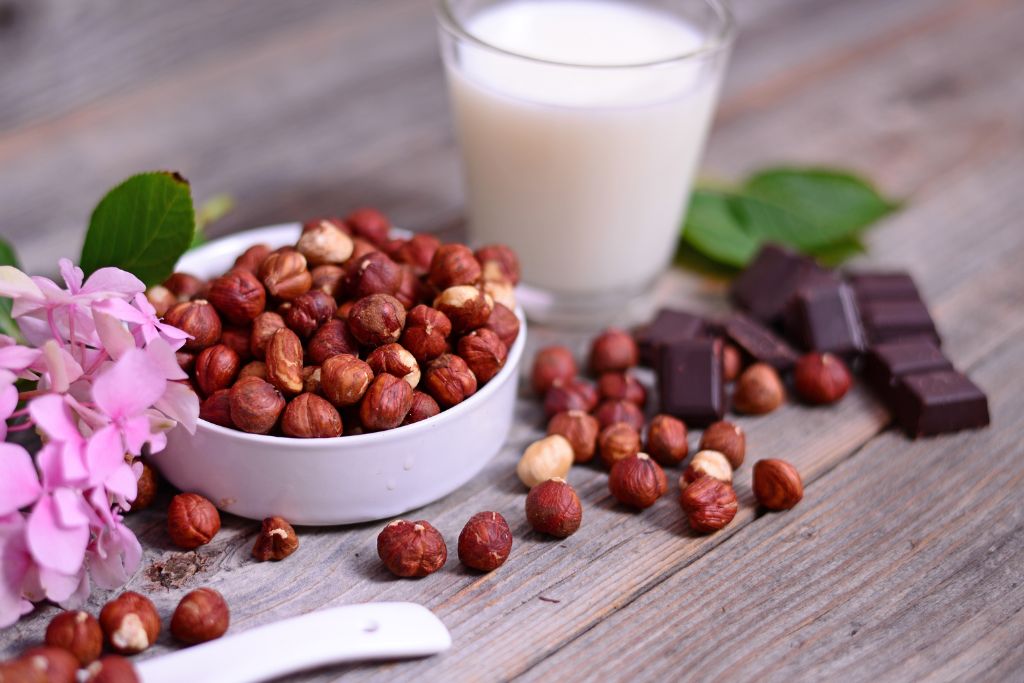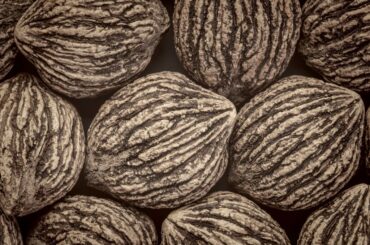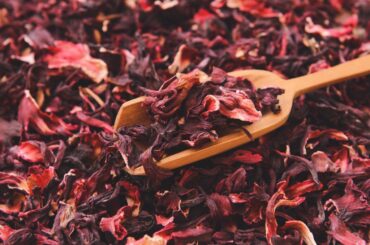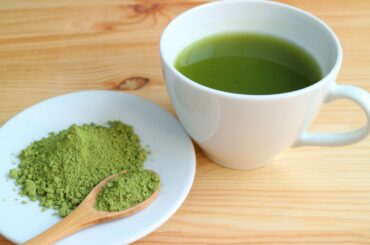Looking for a perfect nutty delight that has the power to please your milk tea cravings? Are you up for the treat and ready to discover the secret of crafting a perfect cup of hazel milk tea?
Hazelnuts, which are the star ingredient of hazel milk tea, are loved by many not just for their delicious taste but also for their health benefits. They contain essential nutrients, like vitamin E, fiber, and necessary fats, making hazel milk tea a delightful way to be healthy.
This article is perfect for tea lovers who want to explore how to craft a soothing and aromatic hazel milk tea. You’ll surely enjoy this delightful homemade creation’s nutty flavors in every cup.
What Is Hazelnut Milk Tea?
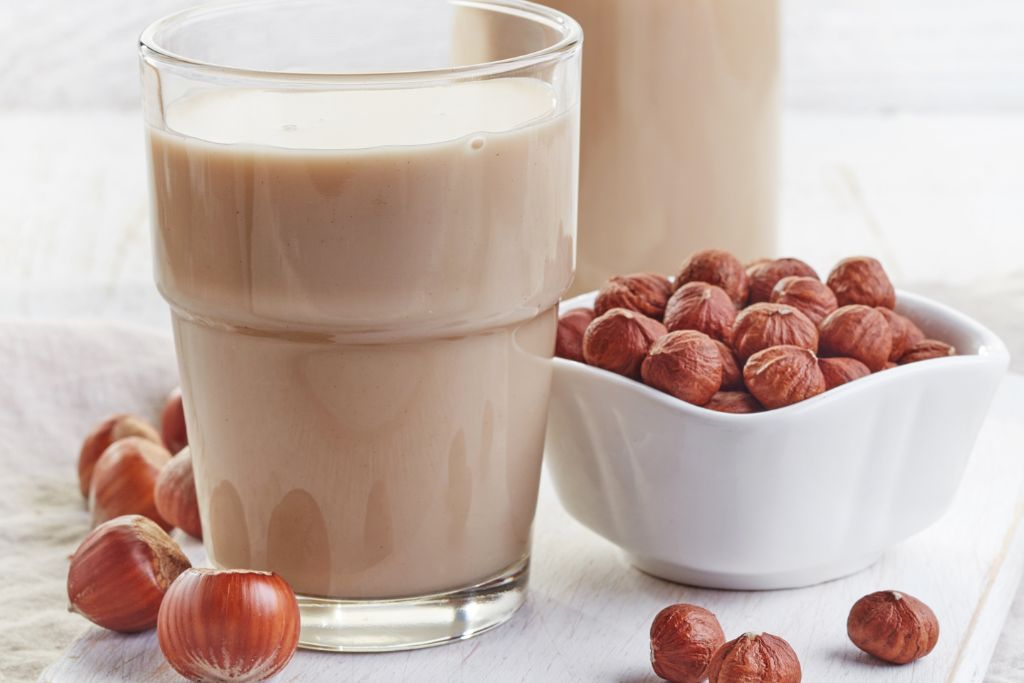
Hazel milk tea is a delightful, rich, and nutty-flavored beverage in different parts of the world. This milk tea’s precise origin is unknown, but it has become popular in Asian countries like Taiwan and Vietnam.
It is described as a creamy, comforting drink that usually comes from black tea, hazelnut flavoring, and milk. Primarily seen in bubble tea shops and street vendors, this beverage can be customized as hazelnut milk tea with boba.
What Does Hazelnut Milk Tea Taste Like?
Hazel milk tea is typically described as a creamy and flavorful drink with a nutty undertone. The hazelnut ingredient in this tea offers a pleasant, sweet, and roasted nut taste to its base black or green tea. It is best for those who love and appreciate a touch of nuttiness in their cup.
What Is Hazelnut Milk Tea Good For?
This tea is an excellent alternative to traditional dairy or nondairy milk tea that tastes like hazelnuts. Its benefits are primarily the comfort it brings even when consumed hot or cold.
Hazelnut Milk Tea Ingredients
Black Tea Bags
This ingredient is a base for your hazelnut milk tea and strengthens your drink’s flavor. Depending on your taste preference, you can use different black tea types, like Assam, Earl Grey, or Darjeeling.
Hazelnut Syrup
It is considered one of the most vital ingredients of hazelnut milk tea since this flavoring offers your drink a unique nutty flavor. This star component incorporated into your drink makes it an excellent choice for tea enthusiasts and lovers worldwide.
Milk (Dairy or Nondairy)
You can always use traditional milk to create your desired creamy texture. Also, almond, soy, or oat milk is encouraged, especially for dietary restrictions.
Sugar or Sweetener (Optional)
The addition of any sweeteners depends entirely on your taste preference. Some with an activated sweet tooth may add more sweeteners, while others prefer the natural sweetness of the hazelnut syrup and milk.
Crushed Ice (Optional)
On summer days, you may opt to make your hazelnut milk tea cold by adding crushed ice. It’s an optional addition that makes your drink cool and pleasant for hot days.
Whipped Cream (Optional)
Incorporating whipped cream into your hazelnut milk tea will elevate its richness and creaminess. It adds a sense of velvet and design on top of your drink but can be removed for a lighter, healthier drink.
Crushed Hazelnuts for Garnish (Optional)
This adds visual appeal to your drink and enhances the nutty flavor of your hazelnut milk tea. Crushed hazelnuts will add a delightful crunch to your cup, making it even more satisfying to drink.
How to Prepare Hazelnut Milk Tea
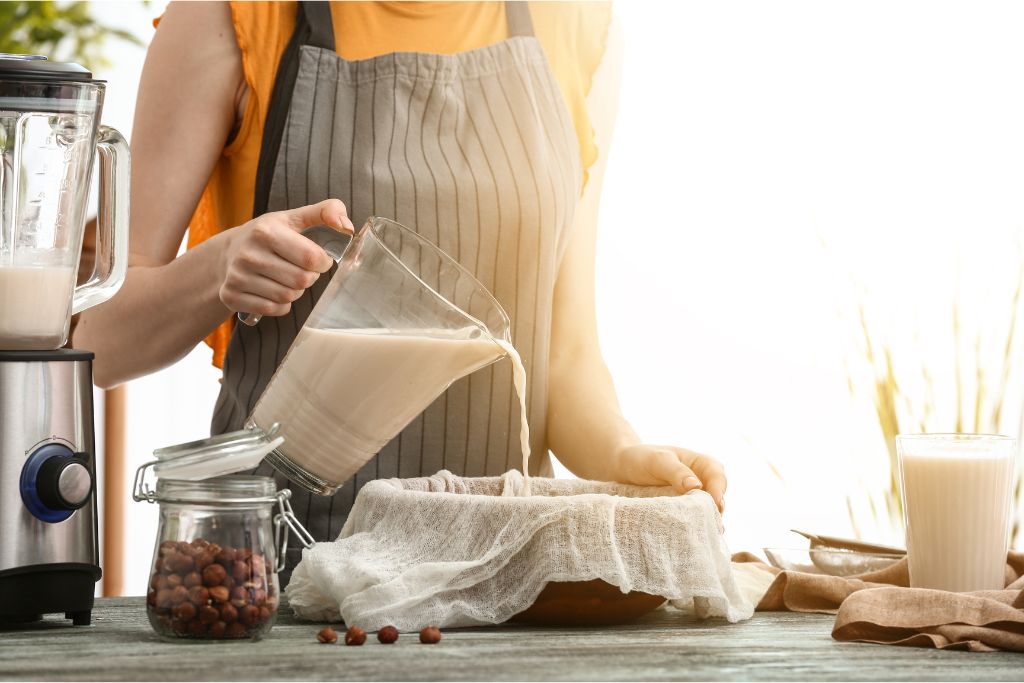
Step 1. Boil The Water
Boil your water until it reaches the recommended brewing temperature of around 194-203℉ (90-95℃). A thermometer intended for the kitchen is best to achieve the accurate temperature needed for brewing the perfect cup.
Step 2. Add the Hazelnut Tea Bag
Turn off the heat once the water reaches its recommended temperature, then place your fresh hazelnut tea bag in the hot water.
Step 3. Steep The Tea
The recommended steeping time to have a perfect cup of hazelnut milk tea is around 3 to 5 minutes. It is advised to use a cover lid to allow the hazelnut to infuse and develop its flavor, a more robust tea requires longer steeping time.
Step 4. Remove The Tea Bag
Gently remove the hazelnut tea bag from the saucepan using a spoon or a pair of tongs. Please press the tea bags to remove any excessive liquid into the saucepan.
Step 5. Add Milk
Make your tea taste even better and creamier by adding ½ cup of milk to your beverage. The milk content of your hazelnut milk tea can be adjusted according to your liking and preference.
Step 6. Add Sweeteners (Optional)
If you have an active sweet tooth and want your hazelnut milk tea to enhance its sweetness, add 1 to 2 tablespoons of honey or sugar to your brewed cup. Stir your sweetener gently to ensure it is completely dissolved.
Step 7. Heat And Simmer Your Tea With Milk
Heat and simmer your hazelnut milk tea over low heat to create a warm and savory drink. Be sure to avoid boiling as it affects the tea taste and consistency.
Step 8. Strain Your Milk Tea
Straining your beverage before drinking will give you a smoother texture in every cup. It is advised to use a high-quality strainer to remove any excessive tea leaves or extra components present in your milk tea.
Step 9. Serve And Enjoy Your Cup Of Tea
Serve your freshly brewed hazelnut milk tea in a cup and enjoy it hot or cold. Consume your delightful and comforting tea beverage, biscuits, or other pastries for the perfect afternoon tea session at home.
Getting The Perfect Hazelnut Milk Tea Flavor
Crafting the perfect hazelnut milk tea involves some intricate procedures you must take note of. To make the most out of your tea brewing experience, here are some key points or tips to consider to make a hazelnut milk tea:
Selecting High-Quality Tea Leaves
Choosing the best quality tea leaves is the foundation of any flavorful tea. You can use fresh black tea in a loose-leaf type or inside high-quality tea bags that offer a robust stand-up nutty hazelnut flavor.
Be Mindful Of the Right Brewing Time
To balance the flavor in every cup, you must consider the correct brewing time for your tea. Generally, tea leaves or tea bags are steeped for 3 to 5 minutes, but this still varies depending on specific tea instructions. You may always experiment with longer or shorter steeping time to know precisely your preferred tea strength and aroma level.
Properly Heat Your Hazelnut Milk
Heat your hazelnut milk properly before adding it to your tea mixture. To do this, warm your milk briefly before adding it to your tea. Stir continuously for an even blend.
Sweetening To Taste
Add an extra flavor to your tea by incorporating various sweeteners like sugar, honey, or flavored syrups. You can start adding a small amount of sweeteners and can adjust it gradually according to your liking. Make sure to stir it well to dissolve it evenly into your mixture.
Adding A Touch Of Nutmeg Or Cinnamon
Incorporate a pinch of ground nutmeg or cinnamon into your hazelnut milk tea for that extra flavor you’ve wanted. These spices complement the nutty taste of your milk tea and can give your drink a boost of aroma and unique flavors.
Experiment With Milk And Its Alternatives
Each type of milk can bring a distinct taste, texture, and creaminess to your tea, so you should continue exploring and experimenting with flavors to find what best suits your taste buds. You may opt to use alternatives, like almond, soy, or oat milk, for a healthier choice.
Customize With Toppings
Make your tea crafting at home extraordinary by adding toppings like hazelnut milk tea boba or tapioca, whipped cream, or crushed hazelnuts. These extra ingredients, or toppings, will make your tea experience more delightful and surprising.
Hazelnut Milk Tea Nutritional Facts
Hazelnut milk tea is a flavorful drink that contains nutrients and vitamins in every cup. It’s important to note that the nutritional facts present in this beverage are approximate for a typical 8-ounce or 240 ml serving.
Hazelnut milk tea nutritional facts:
- Calories: 120-150 calories
- Carbohydrates: 20-25 grams
- Protein: 1-2 grams
- Fat: 4-6 grams
- Saturated Fat: >1 gram
- Cholesterol: 0 milligrams
- Sodium: 20-30 milligrams
- Potassium: 50-70 milligrams
- Sugar: 15-20 grams
- Calcium: 10-15% of the daily recommended intake
Sample Disclaimer: The values above are estimates and can vary depending on the ingredients used, additional sweeteners, and serving size. Checking for the product label or recipe for more precise or accurate nutritional information is recommended.
Hazelnut Milk Tea Benefits

Hazelnut milk tea is a unique and soothing beverage with various health benefits. The comfort it offers in every cup makes this drink a great choice for tea lovers and enthusiasts worldwide. Stated below are some of hazelnut milk tea benefits:
Energy Boost
The natural boost of energy given by hazelnuts combined with the caffeine in tea makes hazelnut milk tea your go-to drink whenever you feel powerless as you go on with your day. Its hazelnut and tea components make it a choice of drink for enhanced energy.
Antioxidant Properties
Hazelnut milk tea is packed with antioxidants that help your body fight oxidative stress and reduce the occurrence of potential health diseases.
Bone Health
Since hazelnut milk tea contains milk, it is a calcium source, essential for keeping your bones and teeth healthy.
Skin Health
The vitamin E in hazelnuts makes this drink a beverage for beauty enthusiasts who want healthy and radiant skin. Regular hazelnut milk tea intake will maintain your skin’s elasticity and its overall health.
Digestive Aid
Some minor digestive discomfort can be resolved by taking a warm liquid in hazelnut milk tea. Drinking this tea can help you aid digestive problems like stomach aches and indigestion.
FAQs
What Is Hazelnut Milk Tea Made of?
Hazelnut milk tea is typically made of black or green tea as a base combined with hazelnut milk or flavorings. It is a dairy-free milk alternative from ground hazelnuts and water, often sweetened to taste.
What Does Hazelnut Milk Go Well With?
This drink goes well with different types of beverages and foods. Hazelnut milk is an alternative milk for tea, coffee, or even smoothies. It is used in cooking and can be poured over cereals, given its nutty flavors that complement sweet and savory dishes.

